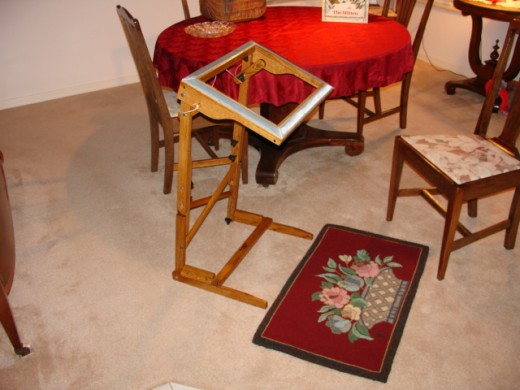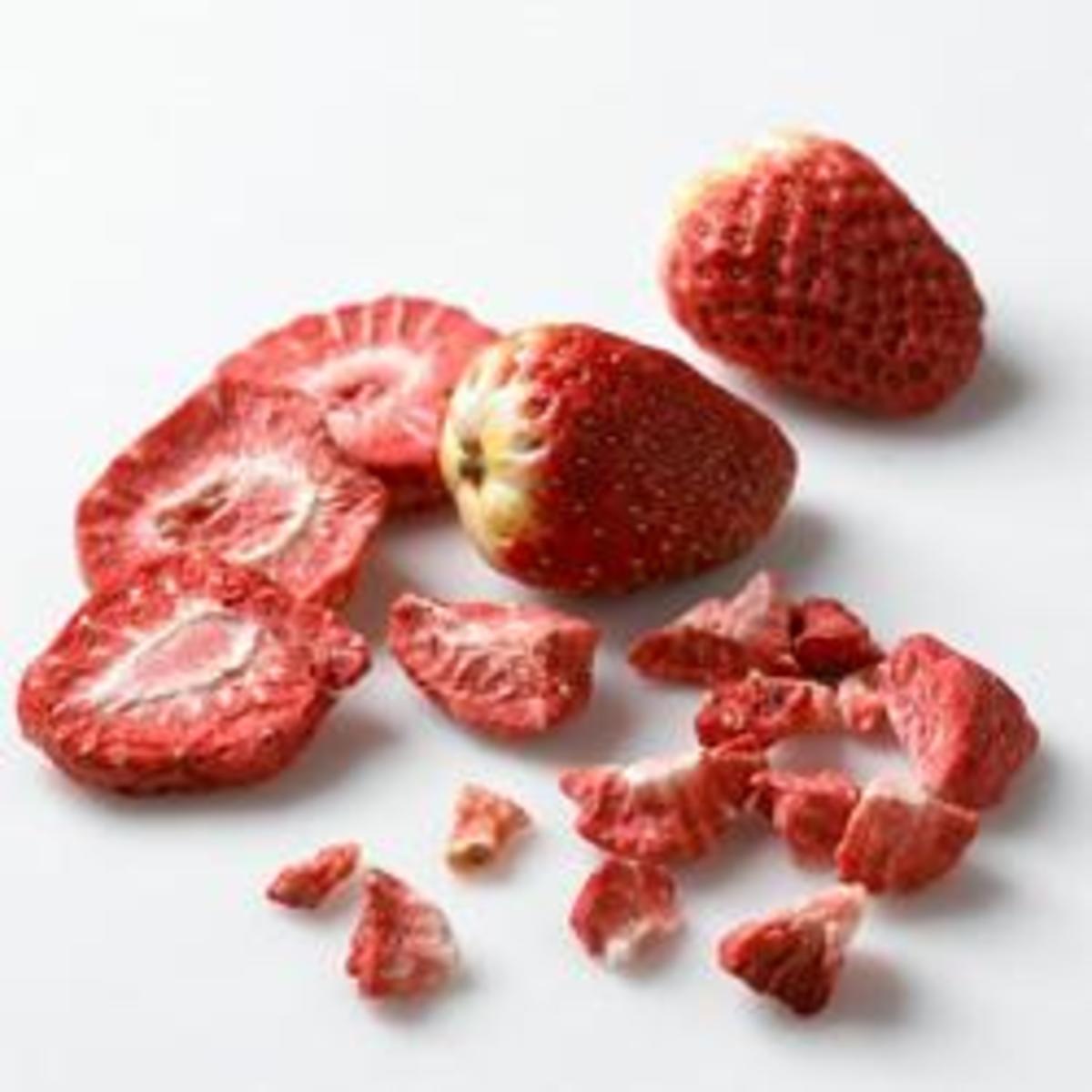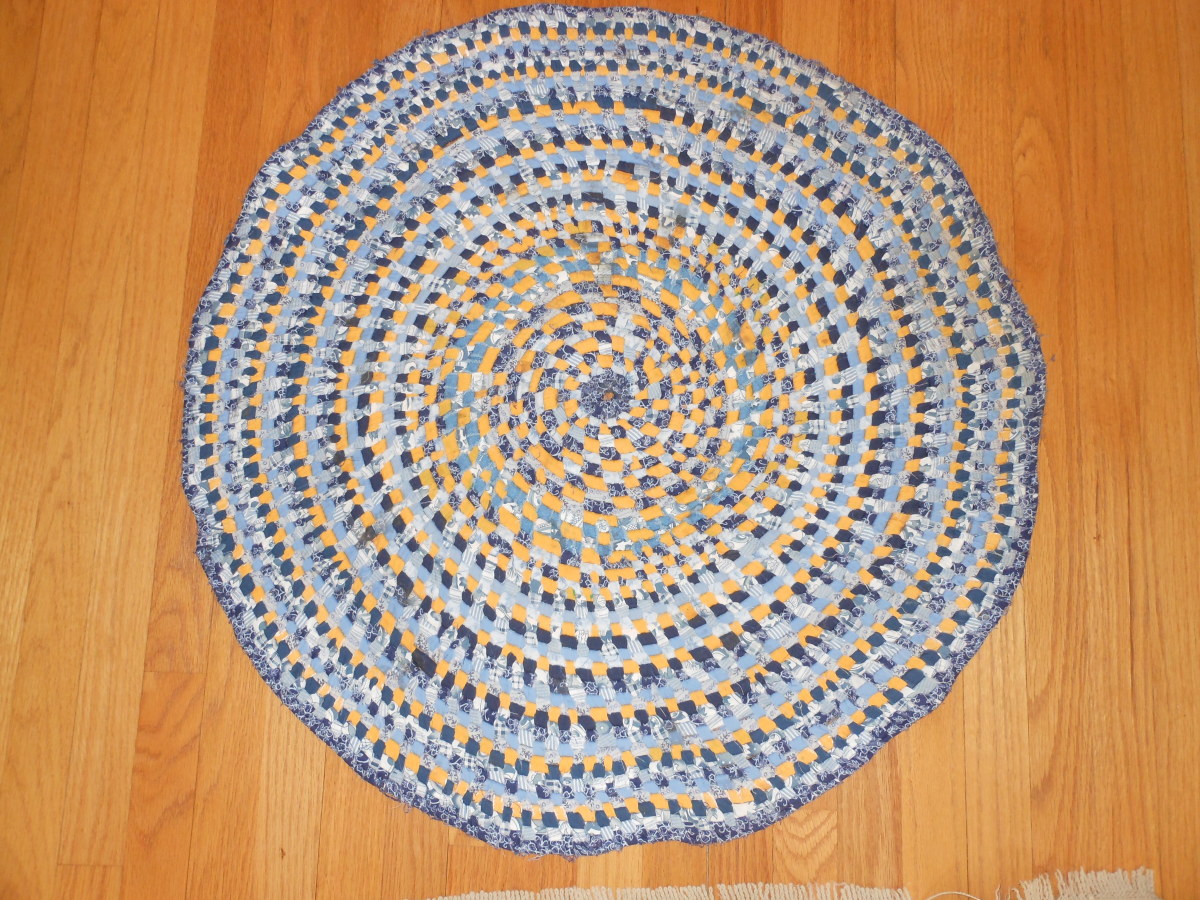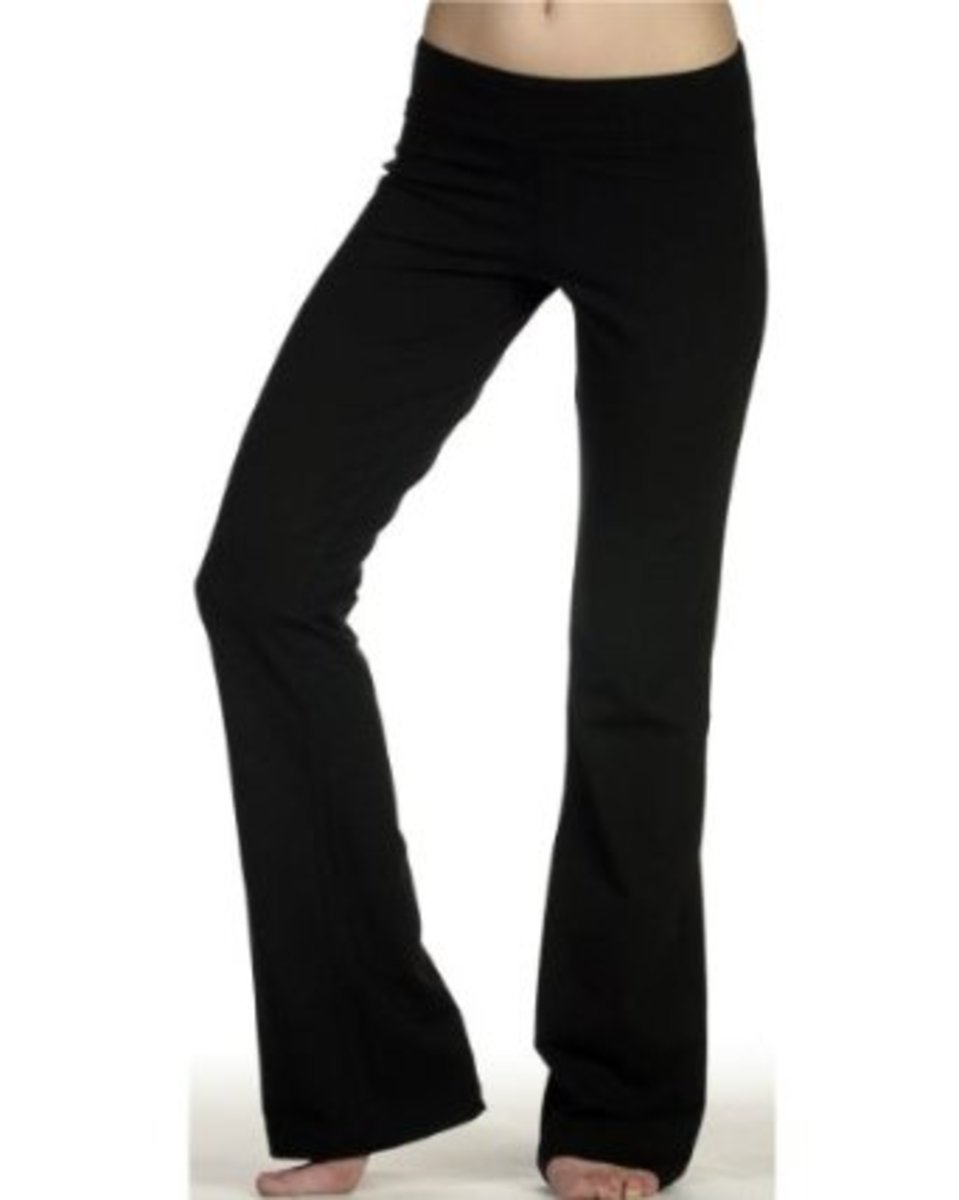Rug Hooking Patterns and Tools
rug hooking tools

Rug Hooking Evolution
“My feet are cold!” a child cried to his mother in the 1700’s and so began rug hooking. Weaving rugs and blankets had already started years before in China, the West Indies, and North America. Creating a rug required a bulky rack to cross feed wool horizontally through vertical threads. The process was tedious, required massive amounts of newly drawn wool, and was a stationary project whose mobility was limited as the rack was too heavy to move on one’s own. Rug hooking daily became a burden and there wasn't a group of rug hooking blogs available for reference in those days.
A technology breakthrough occurred when distributors of seed and grain developed burlap sacks to package and distribute their goods. These sacks were plentiful given much of the economy was agricultural based and inexpensive as they were considered “free” with the purchase of grain. Even a small household with no farmhouse would buy grain for their horses and have empty burlap sacks piled up in the corner of a shed. So the burlap material was plentiful during this period.
Another new technology was textiles. Cotton and wool “pre-made” sheets of cloth became available and affordable to the growing population. These sheets of material simplified the process of making clothes for one’s family. Instead of knitting clothes, one could sew pieces of “cut” cloth from a roll and in 3-4 hours could make a new shirt, pair of pants, or even curtains to cover windows during the cold winters.
What to do with the scraps?
Home insulation, as we know it today, didn’t exist in those days. In northern New England, if you remodel a home that is 100+ years old, many times you will find newspapers, old clothes, sawdust, and a variety of odd items tucked into the walls to slow the passing of cold winter air through the crack filled walls. The floors, however, were commonly exposed directly to the cold of the outdoors. Even Martha Washington wore wool socks to bed and sputtered “my feed are cold” on her walk to warm the “teapot” early in the morning. Imagine Martha snuggling into bed with George with itchy wool socks and George yelping “oh Martha… your feet are freezing…can’t you preheat those things?”
The Solution
By taking a burlap bag, cutting the seam and opening it up to a flat sheet, a frugal family member could stuff excess shreds of cloth from textile sheets into the tiny holes and lay the resulting pad at the side of their bed. Stitch together several sheets of these colorful pads and you could cover most of your bedroom floor. This patchwork was the precursor to wall-to-wall carpet. The 2’ X 3’ pads were smaller to work with and much more efficient than having to use a lattice weaving rack. You could stop one pad, set it aside, and start another without having to perform the lengthy set-up time needed for a lattice rug. A family member could have 4-6 different projects, each ½ completed, stacked in a pile under their bed. As they made new clothes, there were plenty of little scraps of material left over, and they could (at their leisure) fill a few more burlap holes with the color of the day. Over time, individuals started to separate their colors and create designs as they applied character to the patterns.
The Hooker
The hooker was another technology innovation that increased efficiency and automated the process. As with any automation, the quicker a project was completed, the more enjoyable it became as you could be rewarded with your end result quicker. Instead of taking 2-3 days or a week to complete a section, you could spend an afternoon and show off your progress and latest design to your family/neighbors. Creative designs were a source of entertainment during the dreary cold winters and provided an excuse to visit the neighbors seeking praise for your handy work.
The Frame
The hook frame was invented years later as it was recognized that metal barbs “caught” (attached to) the burlap rather nicely. In reality, it was an evolution from catching your clothes and snarling them on nail in the barn while working. An inventive farmer's wife realized that lining several dozen tiny barbs on the edge of a wooden frame would tightly hold a burlap bag in place while poking scraps of cloth through it. This became the modern day rug hooking frame.
The Summary
Rug hooking was an evolutionary process stemming from many (though seemingly simple) technology advances. These advances included the burlap sacks which were originally designed for automating seed/grain distribution, textiles which were developed to automate making clothes and led to scraps, the hooker which increased the speed of completing a project and ushered in exploratory designs, and the frame which reduced mistakes and increased the consistency of the end product by holding the burlap material in a static position.









